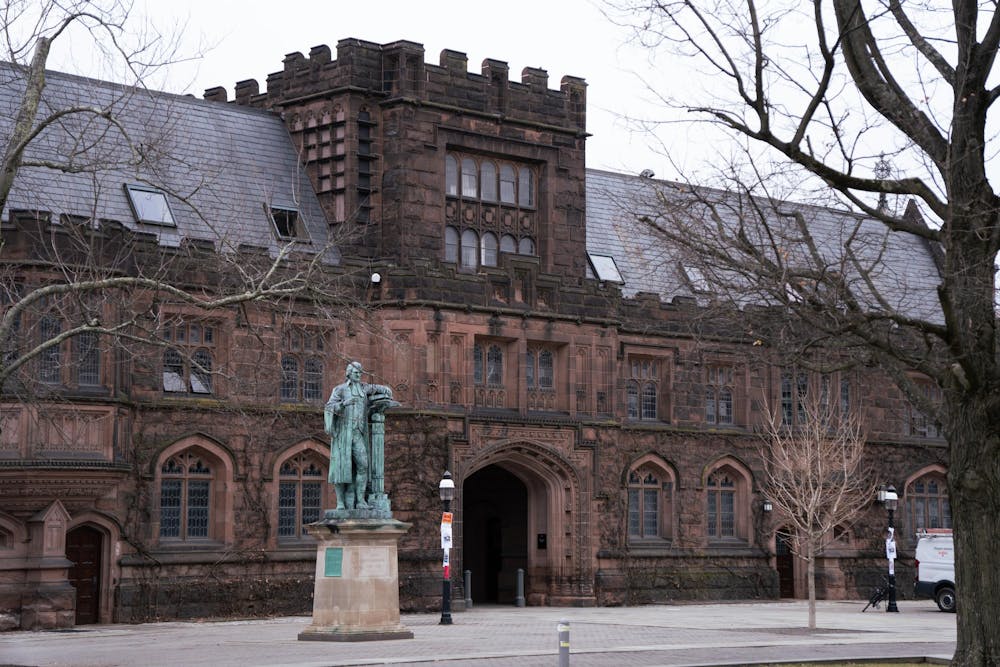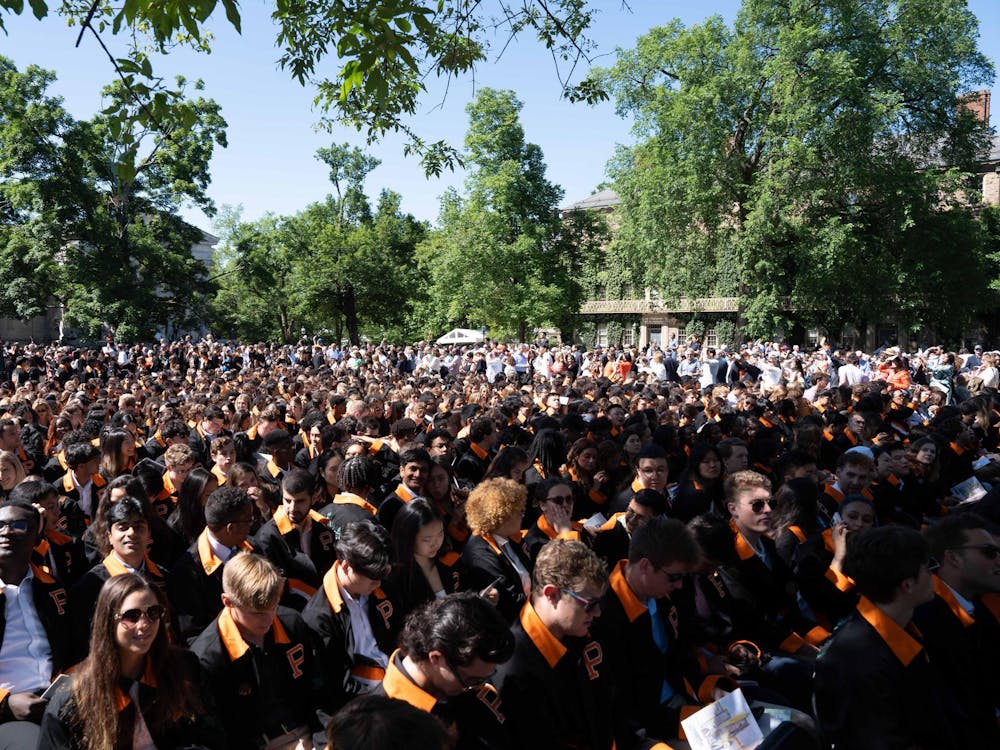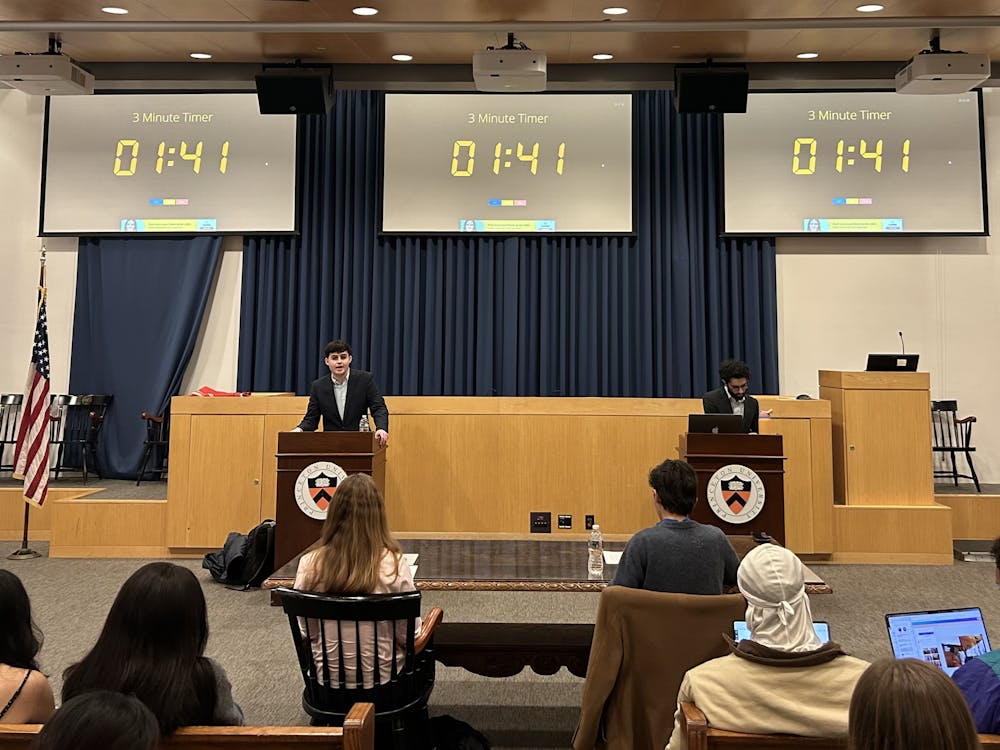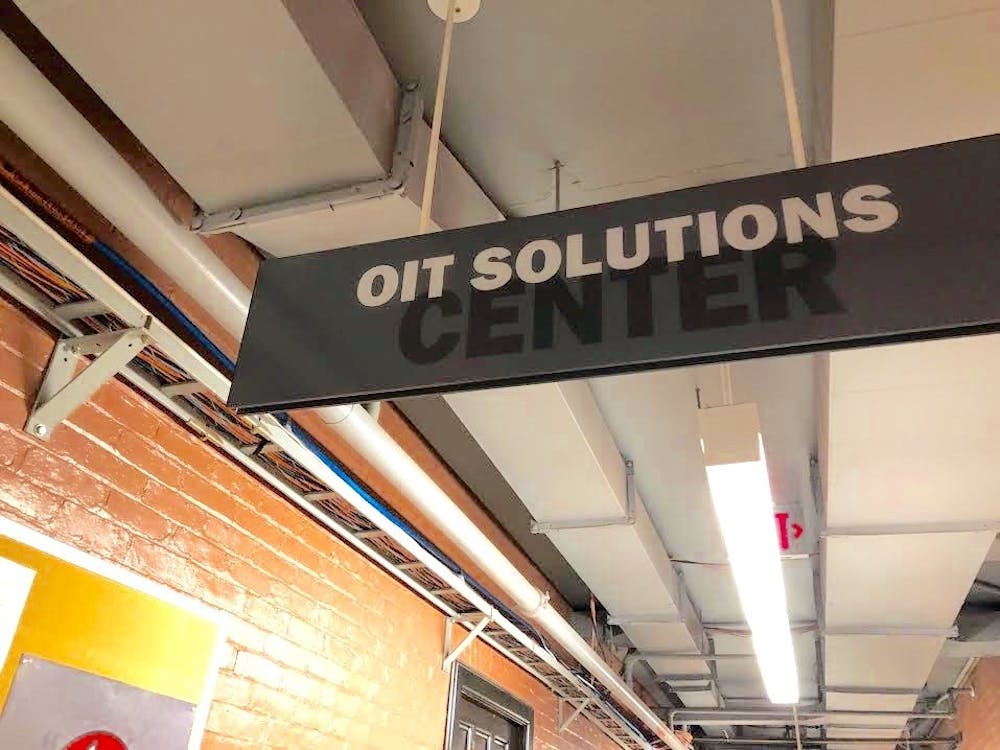Recently, Princeton announced a Haitian Creole course set to start in Fall 2025 or Spring 2026. The course came as part of a broader response to pressure from Haitian students, who rightfully viewed a language course as an avenue to connect to their culture. Filipino students who have the same desire deserve the same consideration from the University. Like other Ivy League universities, Princeton should implement Filipino language courses to satisfy student demand and better reflect the cultural demographics of the United States.
Desire for Filipino language courses on campus is evident. In November, the Princeton Filipino Community (PFC) hosted the inaugural Filipino Ivy League Conference, which heavily focused on Filipino language advocacy. For instance, a member of the Penn Philippine Association (PPA) discussed the value of speaking Filipino in America, and the Yale Kasama Club gave a presentation on their efforts to implement Filipino language courses at Yale. These discussions attracted over 100 Filipino Ivy League students, with around 40 from Princeton alone, based on registration. The conference’s focus on language advocacy, coupled with its significant turnout, clearly demonstrates a high demand for a Filipino language course. Though “Filipino” is often interchangeable with “Tagalog,” this article refers to Filipino language courses because Filipino is a broader term that is formalized as the national language of the Philippines.
For me, attending the Filipino Ivy League Conference inspired a similar streak of linguistic advocacy. Meeting Filipino students who advocated vigorously to preserve their linguistic heritage, who proudly utilized Filipino course offerings, made me realize that studying Filipino in a class setting was both powerful and possible.
Though it is possible to study Filipino through Princeton’s Less-Commonly Taught Language (LCTL) initiative, as Brianna Suliguin did and commemorated in a Prospect piece, such an opportunity is not nearly as intensive as in-class language learning. While language classes at Princeton teach grammar and culture through spoken, daily discussions, LCTI is over the summer, weekly, virtual, and barely scratches the surface. Put simply, LCTI is the barest alternative to actual language instruction.
Moreover, Filipinos make up a considerable portion of the New York-New Jersey population, and in the United States overall. In New Jersey, the Filipino population hovers around 150,000, making Filipinos one of the largest Asian populations in the state. The same holds true for New York, where nearly 240,000 Filipinos reside. Nationally, there are 4.1 million Filipinos, making Filipinos the third largest Asian American group in the United States. Regionally and nationally, Filipinos are a sizable ethnic group: By including Filipino language classes in its course offerings, the University would better reflect the Filipino population in its student body and in the broader United States. Adding Filipino as a language at the University not only strengthens a route for Filipino and Filipino-American students to connect with their culture, but also legitimizes the area of study and creates opportunities for those outside of the community to be immersed in it.
The absence of a Filipino language course is particularly striking when compared to Princeton’s current course offerings, which include Turkish and Ge’ez. Filipino is the fourth largest language in the US and is spoken by nearly two million people in America, in comparison to the 500,000 who speak Turkish. The contrast becomes even more pronounced when compared to extinct languages like Ge’ez. This is not to say that these languages should not be offered at Princeton — all three of these languages are incredibly important and students at the University should have the opportunity to learn them. The University offering less-taught languages such as Turkish and Ge’ez demonstrates that a Filipino language program is both possible and logistically feasible.
Such a course offering would follow a clear precedent set by other peer institutions. Universities like Harvard, Cornell, the University of Pennsylvania, and most recently, Yale, have all implemented some version of Filipino language courses. Cornell and the University of Pennsylvania even offer distinct beginner, intermediate, and advanced classes. In the Princeton language sequence, a possible formulation could follow our elementary (101/102), intensive (103/108), and intermediate (105/107) language structure. Our peer universities have assessed the demand for the Filipino language, determined its value, and met it. Princeton should do the same.
Given Princeton’s commitment to diversity, introducing a Filipino language course would not only align with its academic goals, but also demonstrate a meaningful investment in representing the linguistic and cultural richness of its student body. Languages are important connective tissues to diversity, and Princeton understands this. Implementing a Filipino language course would strengthen these ties for Filipino students. The same argument extends to other Asian languages that Princeton fails to offer, such as Vietnamese, Cantonese, and Thai.

On a more personal scale, Filipino language courses offer a powerful way to connect Filipino students to their heritage. City College of New York Professor Kevin Nadal, who spoke at the Filipino Ivy League Conference, shared that it is common for second-generation Filipino Americans not to fluently speak Filipino, a symptom of parental prioritization of American assimilation. I am one of those Filipinos. For us, language is not just a tool for communication — it’s a vehicle that connects us to the values, traditions, and shared experiences of our culture. Filipinos at Princeton deserve to reclaim this connection. A Filipino language course would act as an important bridge between the Filipino-American experience and the larger Filipino culture.
Filipinos at Princeton want the opportunity to learn our language: to be represented. It’s an opportunity every student deserves to have and one that Princeton should deliver.
Cathleen Balid is a first-year from Queens, N.Y. She can be reached at cb4649@princeton.edu.









